On a rather dreary day, we decided to head to Windsor Great Park to explore the area – little did we know it would turn into an 8 mile walk.
We began at the Savill gardens, where we found a pavilion café that we stopped at for a bite to eat. The garden had a price tag so we decided to walk around the open areas of the park instead.

Windsor Great Park was, for many centuries, the private hunting ground of Windsor Castle and is connected by the long walk, which is 2.64 miles long. The park dates back to the mid-13th century and was once many acres larger than its current size.
Chris was set on doing the long walk to Windsor castle, so we made our way in the general direction of the start of the walk.

As we wandered through Windsor Great Park, we came across a beautiful lake known as Cow Pond. Against the background of trees, it looked serene on the brisk winter day. At one end there sits a Baroque-style footbridge with a diamond lattice balustrade, which was designed specifically for the Queen’s Diamond Jubilee in 2012.

Meandering alongside its banks we took in the beauty of the park, with its abundance of trees. Turning away from the lake, we headed through some woodland before reaching the open parkland. Following the path, we soon found ourselves looking across at Cumberland Lodge.
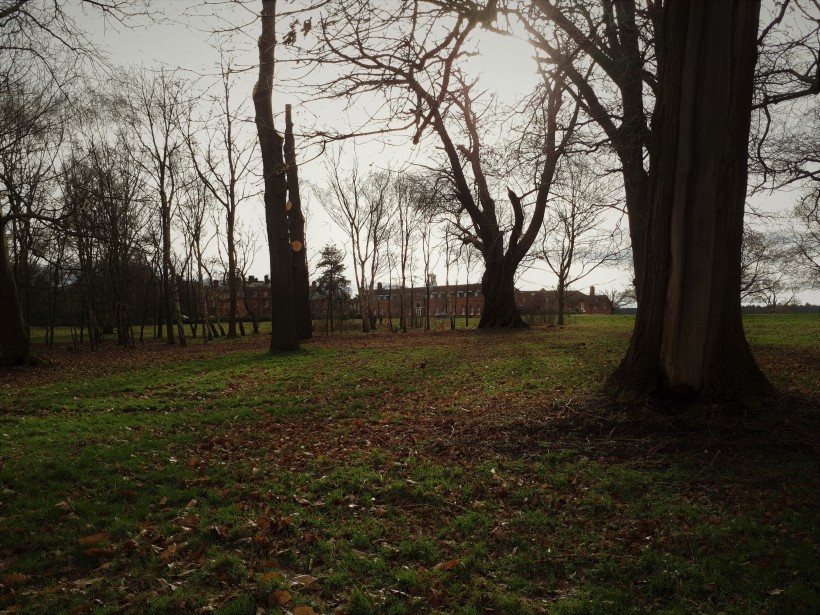
Cumberland Lodge was built in 1652 and became the home of the Ranger of the Great Park upon the restoration of the monarchy in 1660. Home to many Dukes and Duchesses over the years, Lord Fitzalan was the last private person to live at the lodge.
In 1947, the lodge was made available to the newly established St. Catharine’s Foundation, which is now known as Cumberland Lodge. The Foundation today is an educational charity dedicated to initiating debates on concerns that affect society.

The building itself is definitely striking and stands out behind the bare branches of the trees. The differing styles and extensions that have been added over the years are quite obvious in its miss-matched design.

Continuing along, we soon came across Snow Hill upon which the King George III’s statue sits. Starting up the hill, it wasn’t long before we had very wet feet as the saturated ground seeped into our trainers. Undeterred, we continued up the hill to dryer ground.

The Copper Horse statue of King George III stands gallantly upon Snow Hill where it has been positioned since 1829. It is exactly 2.65 miles from the George IV Gateway at Windsor Castle and begins the long walk.

The view from this vantage point is incredible, with Windsor Castle in all its majesty directly in front and the rest of London visible to the right. My mobile camera couldn’t give it justice. We spent a while admiring the view and climbing around the statue, before deciding to continue.

In a spurt of madness, Chris decided to run down the hill rather than walk around the edge – very bad idea. The slope does not run smoothly into the path at the bottom. There is a rather steep drop instead – which Chris went flying over!
Thankfully, nothing worse than a ripped coat and a few bruises, we carried on. All be it a little slower…

We continued down the very straight long path to Windsor Castle, which is when the rain began. Having walked two-thirds of the way, we decided it was time to head back to the car.

Not wanting to return the same way we had come, we decided to head back along the road through Old Windsor and Bishops Gate. We were also feeling a little hungry so went in search of a pub.
After a rather blustery walk along the road, we entered Old Windsor where we attempted to eat at the Toby Carvery – except the queue was out the door. Instead, we walked a little further to the Jolly Gardeners. It’s a really lovely little pub where we were welcomed and able to find a quiet corner to ourselves.

Unfortunately, they had a large group in and were only serving Sunday lunches, so we curtailed on the food option. Nevertheless, it was a nice pit stop in a pub I’d definitely visit again.
Setting off again, we continued along the roadside – often without a path – taking in the countryside and some pretty impressive houses as we went.

After what felt forever for my tired legs, we made it back to the car and headed off in search of a roast dinner.










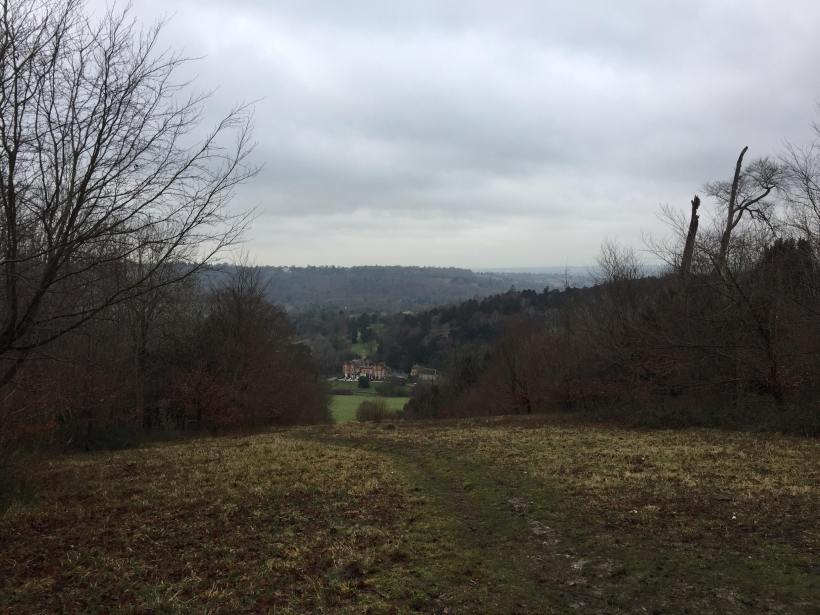




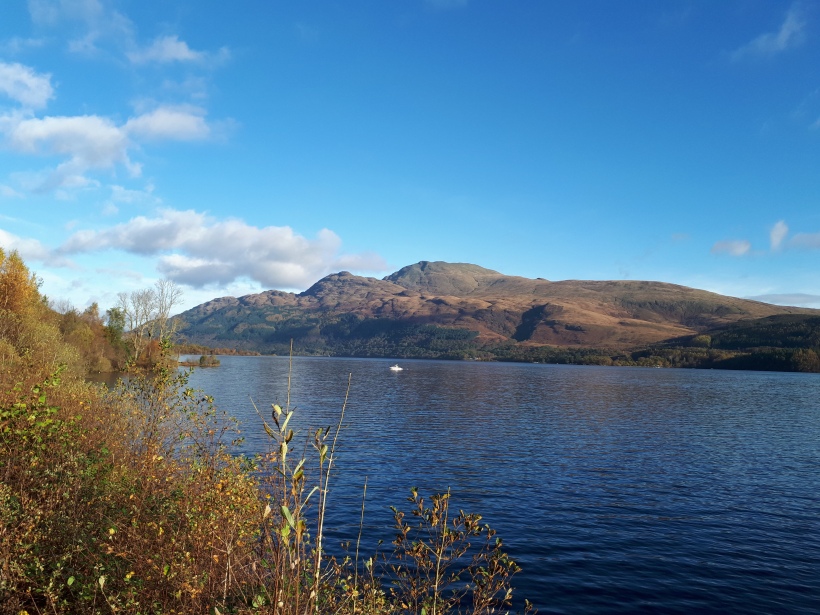

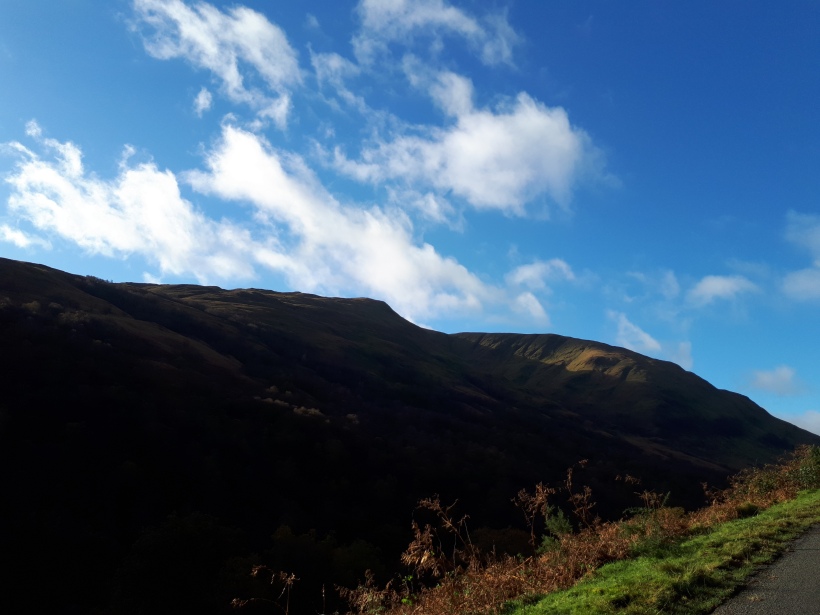













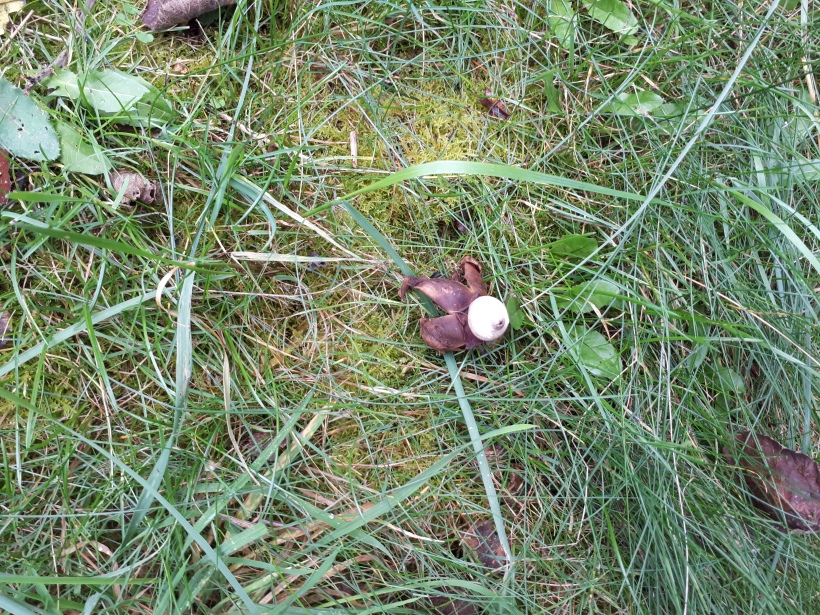



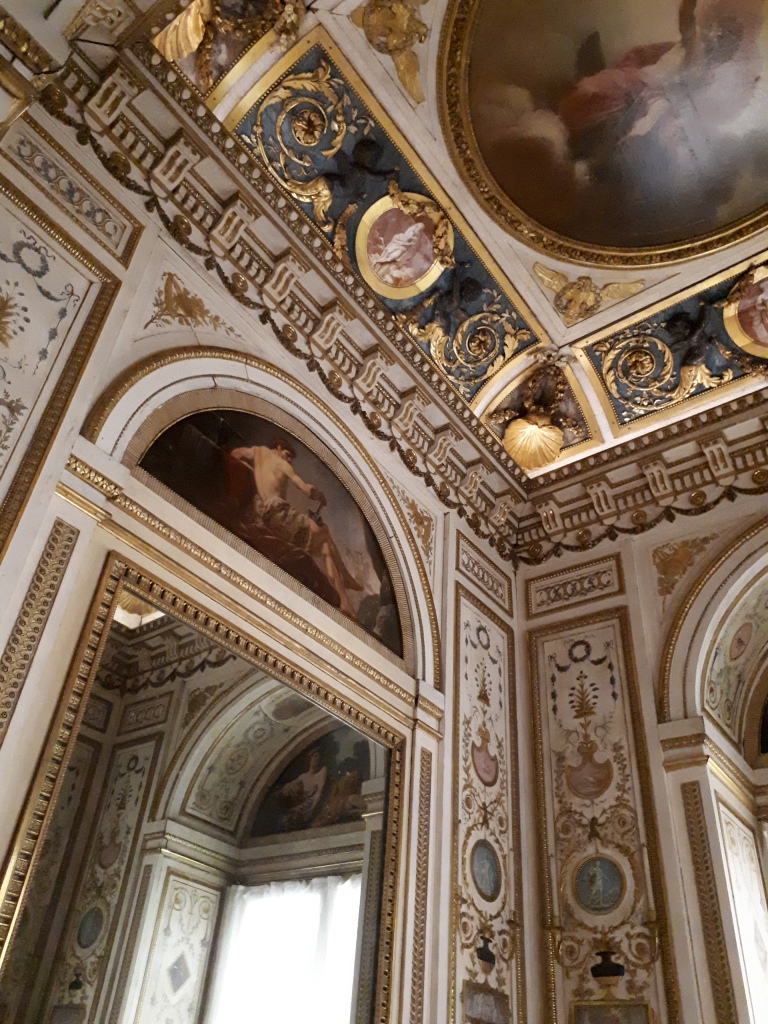








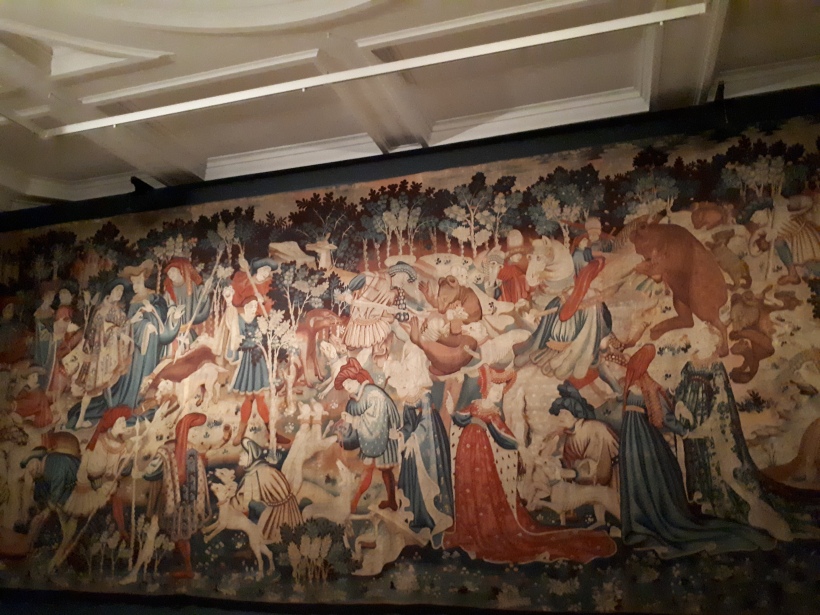

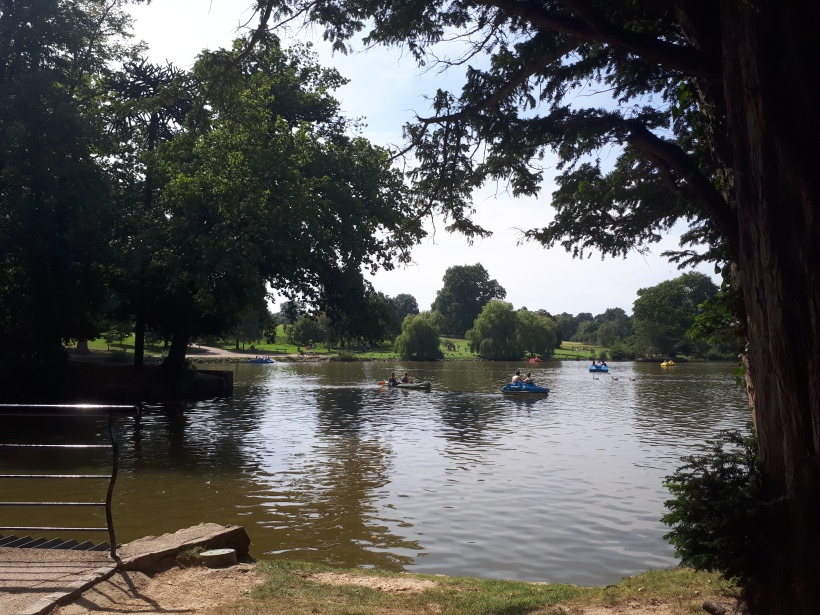















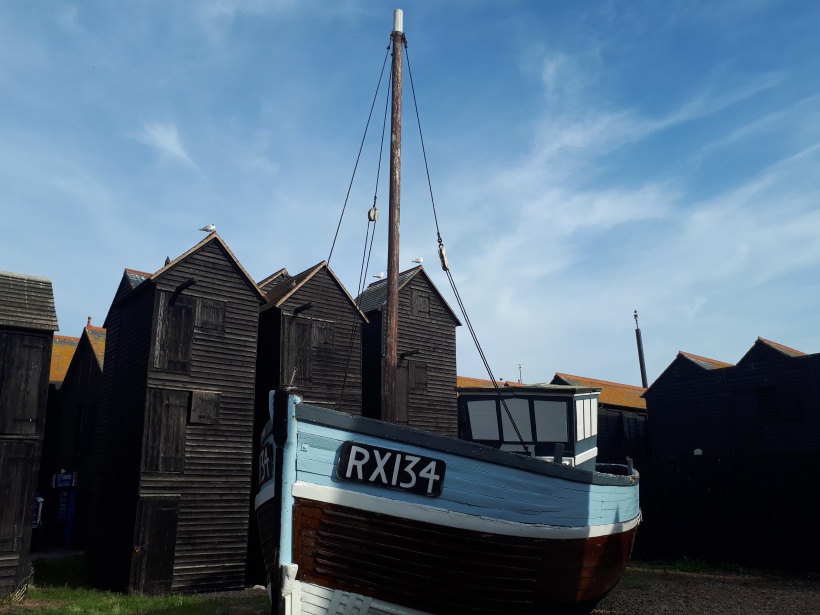


























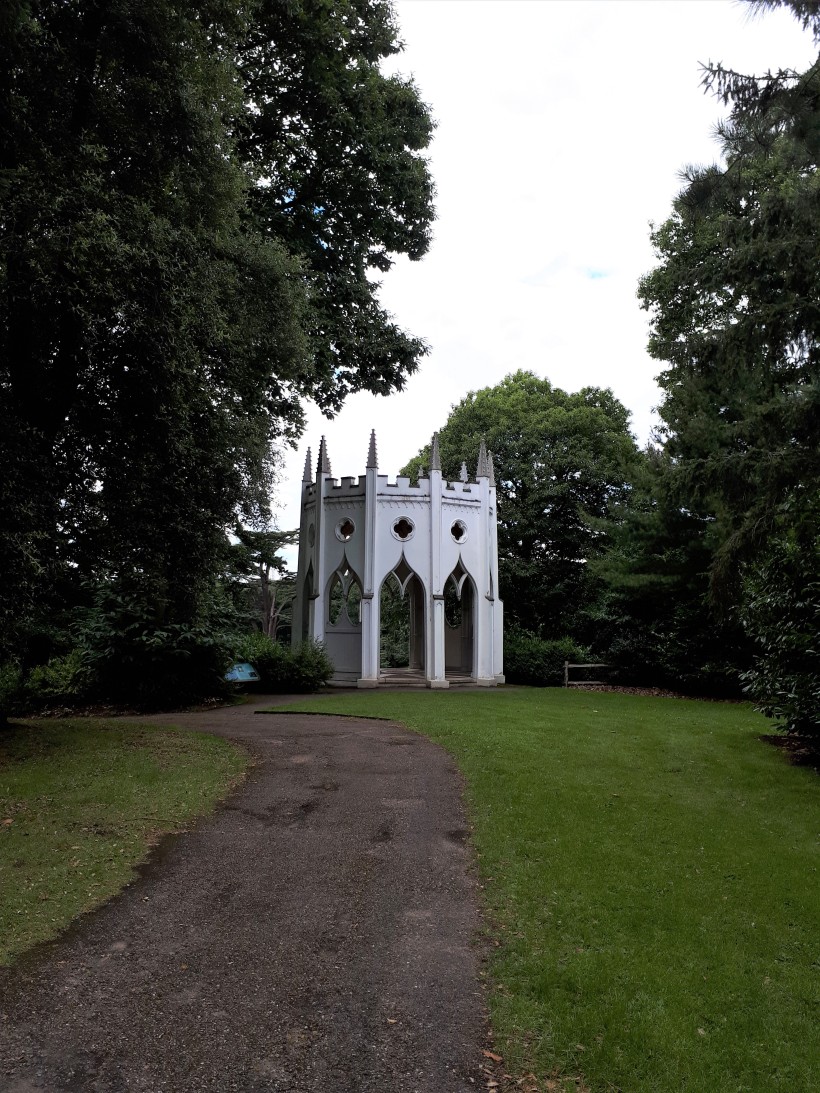


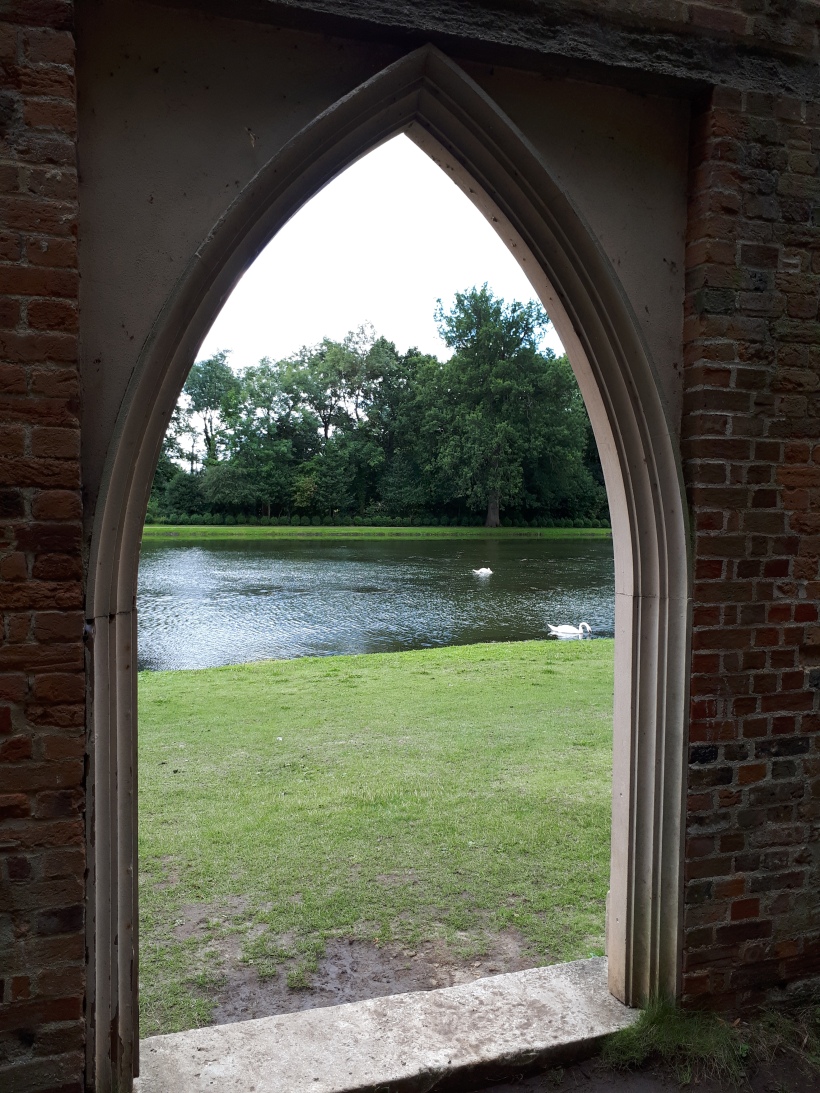


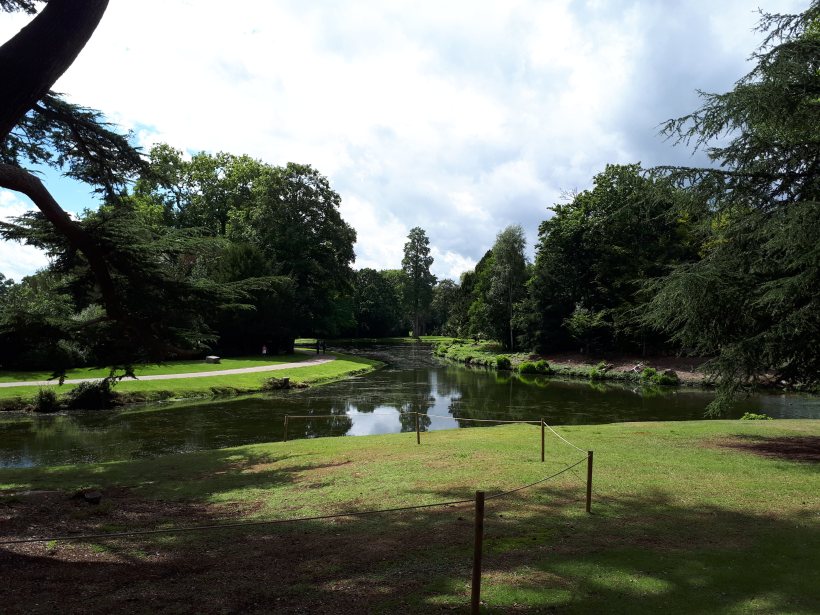








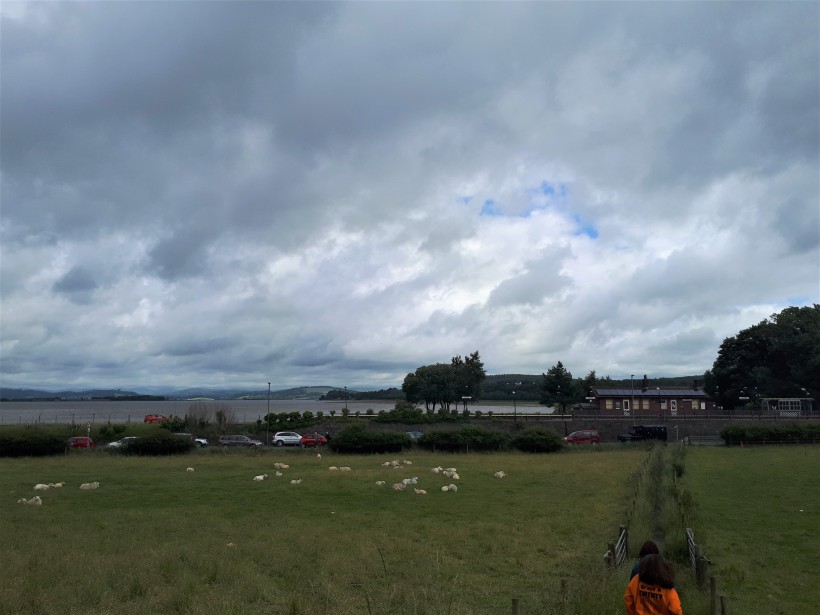









 The drive through North Yorkshire to reach the bay, which is close to the seaside town of Whitby, is beautiful in itself, but nothing quite beats the view from the top of the cliffs. There is a carpark at the top of the hill (which is usually incredibly busy) where you can walk down the many steps to reach the beach.
The drive through North Yorkshire to reach the bay, which is close to the seaside town of Whitby, is beautiful in itself, but nothing quite beats the view from the top of the cliffs. There is a carpark at the top of the hill (which is usually incredibly busy) where you can walk down the many steps to reach the beach. The beach is a haven for children and I spent many holidays rock-pooling with my Dad and sister, finding crabs and anemones – even a lobster once! This time we stopped for ice cream from the van which is always there and it was wonderful. We sat with the sea creeping in and the last families packing up their beach towels in time for tea.
The beach is a haven for children and I spent many holidays rock-pooling with my Dad and sister, finding crabs and anemones – even a lobster once! This time we stopped for ice cream from the van which is always there and it was wonderful. We sat with the sea creeping in and the last families packing up their beach towels in time for tea.  After eating our ice creams, we went to discover whether our favourite place to eat was serving. Unfortunately, a Tuesday evening after a bank holiday Monday, Ye Dolphin was only offering drinks. We still sat in the lovely old bar lined with beer bottles and quirky pictures, taking in the atmosphere. Beginning to feel hungry, we wandered through the cute back alleys between holiday cottages back up the hill to eat at the Victoria Hotel, which has a beautiful view along the coastline.
After eating our ice creams, we went to discover whether our favourite place to eat was serving. Unfortunately, a Tuesday evening after a bank holiday Monday, Ye Dolphin was only offering drinks. We still sat in the lovely old bar lined with beer bottles and quirky pictures, taking in the atmosphere. Beginning to feel hungry, we wandered through the cute back alleys between holiday cottages back up the hill to eat at the Victoria Hotel, which has a beautiful view along the coastline.